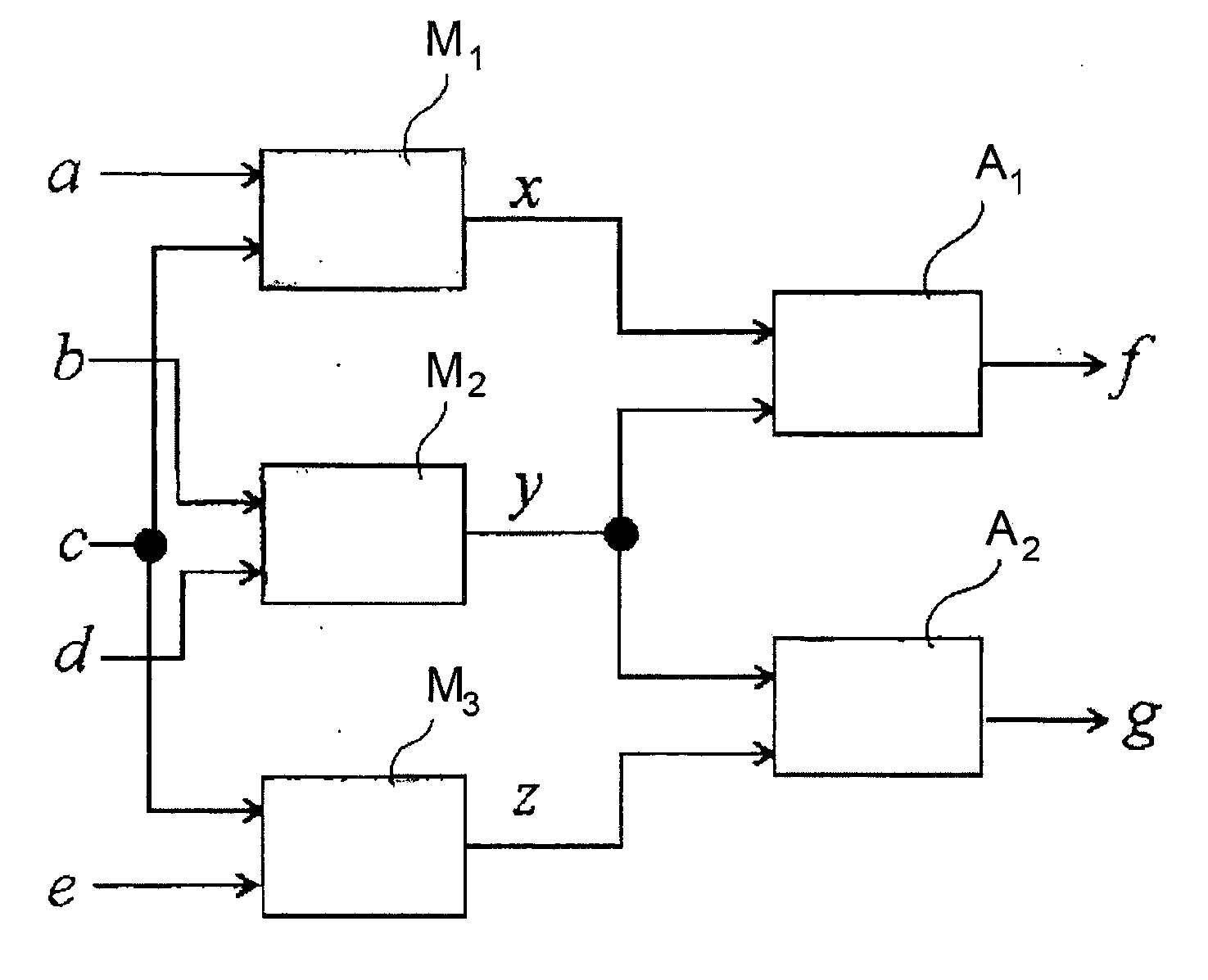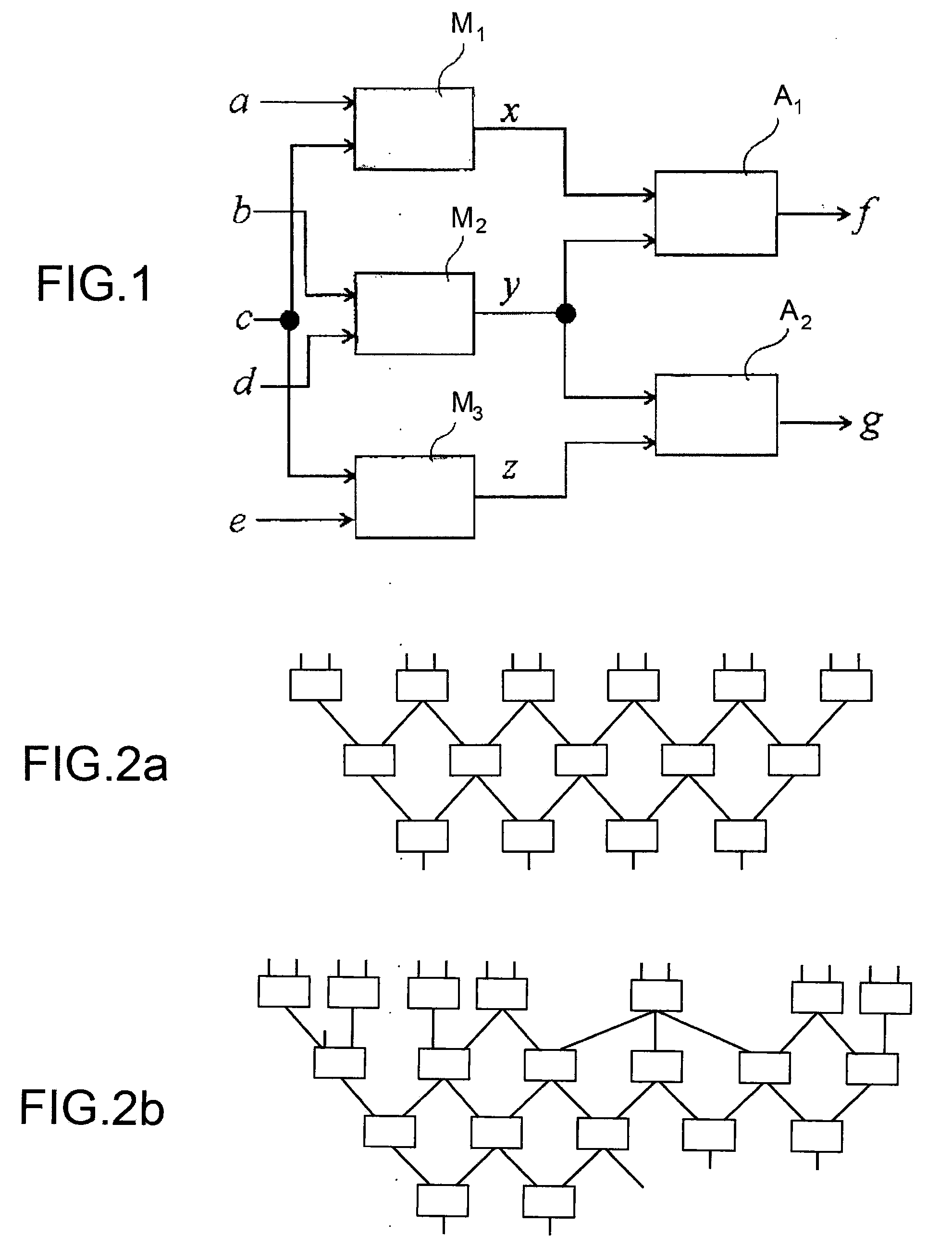The current obstacle to a rapid
system diagnosis is the lack of efficiency in the phase of generating the sets of conflicts.
Both approaches, individually adopted to carry out the diagnostics of a system, exhibit significant computational disadvantages, which make them inefficient for many interesting applications.
As far as the approach based on the ARRs is concerned, the known algorithms for the generation of a complete set of ARRs exhibit an exponential
computation complexity, so that the generation and application of ARRs for real cases turn out to be practically impossible.
Moreover, for many practical systems of interest, the set of ARRs may not be obtainable in analytical form, thus preventing its
actual use.
On the other hand, in the DX approach, the most commonly used General Diagnosis Engine (GDE)
algorithm requires performing many consistency checks between expected values from the model and observed values on the system, while many of said checks might turn out not being strictly necessary for the diagnosis result, thus its application as well leads to an exponential computational complexity.
In fact the process of
causal inference continues to determine new discrepancies until the propagation of the possible tagged values of the variables at the output of the system is completed; this may require a very long time, as the number of values assigned to each variable may grow exponentially with the number of possible assumptions.
Unfortunately, the computation of the minimum set has equivalent complexity to the problem of computing the prime implicants, which is a NP-complete problem.
Such tests on subsets reduce the computational loads of the inferential process, but also imply that the test procedure is called many times in the
algorithm, and this anyway requires a long computing time.
The problem therefore arises to identify a priori the most suitable variables to be measured, to minimize the ambiguities of the diagnosis.
The biggest obstacle in the use of the ARRs for a diagnostic procedure comes from the efficient generation of the complete, non-redundant set of ARRs, which is at present a limitation of the available algorithms for the execution of diagnoses according to the FDI approach.
The key point, which the inventors believe has not been sufficiently appreciated in the currently used techniques, is the fact that the ARRs may involve all the possible combinations of PRs and observations.
Of course, for any realistic system the number of ARRs is always finite, due to the structural constraints of the system.
However, these two concepts can be used only for the applicability analysis of a given set of ARRs for the diagnosis of a system, while the problem of generating a complete set of ARRs is not directly faced; on the other hand it is obvious that completeness is a fundamental issue both for diagnostics and for sensors optimization, since the highest possible information from the ARRs is required for both problems.
It is also obvious that any application of an incomplete set of ARRs, both for system diagnostics and for optimization of sensors associated to said system, may lead to wrong or suboptimal results.
Another issue to be considered is that, although the complexity of computing the ARRs is specific for each system, a common
disadvantage of this technique is the fact that the evaluation of all the ARRs is required to diagnose the system; this implies heavy computation loads even if there is no fault in the system.
In other words, it is not possible to determine a priori a subset of ARRs whose computaton is sufficient to respond to the specific diagnostic needs.
Another issue to be considered is the actual feasibility of the computation (evaluation) of the ARRs.
As a matter of fact, in
real systems encountered in practical applications, the functions representing primary relations of some non-linear components cannot be inverted in analytical form, but can only be expressed numerically: this poses a further major obstacle, increasing the computational load of the procedure and limiting its practical applicability.
Althoug this operation is rather simple, its complexity is increased in case of
multiple fault diagnosis.
 Login to View More
Login to View More  Login to View More
Login to View More 


